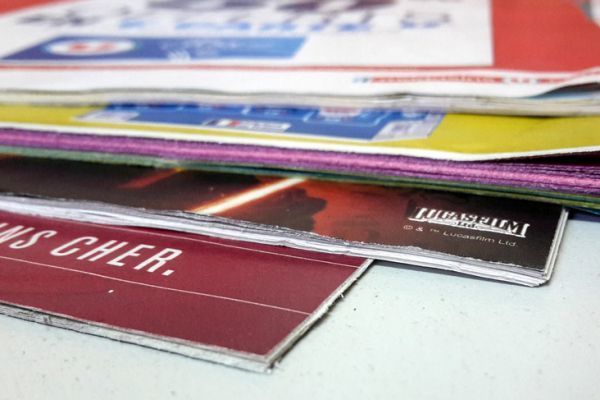When building goes, everything goes. This old adage often summed up the state of the economy during the Trente Glorieuses (1945-1973), when France was experiencing the era of reconstruction and the explosion of the mass consumer economy.
The Glorious Thirties: when construction was at the heart of the economy
Real estate was a very significant source of revenue for the daily and regional press: every weekend, the PQR published a real estate supplement, filled with classified ads from private individuals, notaries and real estate agencies. Those were the blessed days, when customers bought information from the local newspaper and then went to meet the professionals who paid to publish it.
The arrival of free press transforms the market
From the 1970s onwards, this business was contested by the free press, which captured the real estate advertising market through wide distribution. A new concept in which the consumer receives free information on what's on offer. This was the period when the major free press groups were formed, such as SPIR communication, a subsidiary of Ouest France, or Comareg, a subsidiary of the Hersant group.
France is covered with rotary printing presses, whose activity is growing by 1 to 2% faster than the national GDP. Paper and cardboard consumption has risen from 2 million tonnes in 1950 to 10 million tonnes at the dawn of the 21st century (source planetoscope.com).
Pure players take over
The digitization of information, and above all the networking of this information via the Internet in early 2000, marked the start of a new economic cycle in the real estate market.
We're still talking about free access to information for the general public, but this information is being channeled by new players other than the traditional media, the pure players.
Se loger.com and Acheter-louer.com are some of the most popular sites in France today, not to mention the new short-term private rental concepts competing with the hotel industry, with Airbnb being the precursor site.
Data monetization, the new deal for real estate market listings
The innovation lies in the qualification of the customer contact, whose personal data is acquired by the service offered by the site, from the free connection of the request to the paid offer from the professional or private sector. And the revenues of these new players have been built up by monetizing the data qualification (big data) of the customer requestor to professional players, who pay all the more if the target corresponds to their products. With an almost instantaneous evaluation of the return on investment.
This formidable competition has plunged the entire print media sector into a systemic crisis. The erosion of press sales, which had generally been 2 or 3% a year, jumped to over 10% from 2005 onwards, not to mention the total loss of real estate revenues captured by these pure players.
The enduring role of paper in local relationships
And yet, as the owner of one of its online sites tells me, "ourâeuros customers are still asking for paper!" After the mass migration of real estate advertisers to online sites, some of these customers - real estate professionals, agencies, notaries, developers - are keen to return to the traditional paper medium. They are looking for a better readability for their local clientele than digital communication can offer, a complement to their shop window, a showcase for their agency.
Although paper communication can no longer be as massive as it was in the 1950s-2000s - which is a necessity from an ecological point of view - it remains useful in a close relationship, materializing the physical contact between buyer and seller. Demand is therefore localized, territorialized, reassuring in the materiality of the transaction medium.
This demand for paper-based communication requires a reactivity on the print operation that is conducive to small structures equipped with suitable equipment, far removed from the giant rotary presses demanded by the "archaic" mass-market era of the 1980s-1990s. Qualified demand in a way, like the data that generates it.












